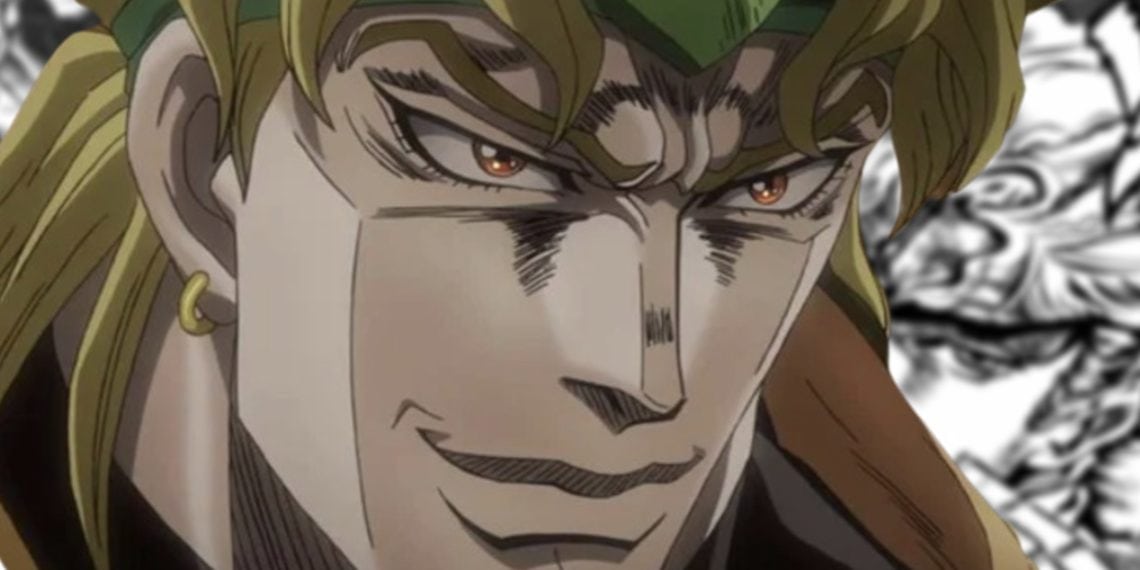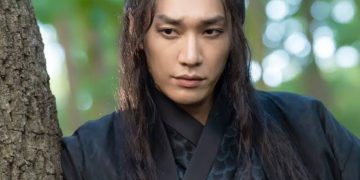The anime industry, like any major entertainment medium, has faced its share of controversies over the years. Given the sheer volume of content produced, some amount of problematic material is perhaps inevitable. However, there have been a few high-profile incidents that have sparked larger discussions.
For example, certain anime have been criticized for leaning too heavily on offensive stereotypes or tropes related to race, gender, or sexuality. There are ongoing debates around reforming writing rooms and diversifying production teams in order to curb this.
Separately, the opaque inner workings of the anime industry itself have come under scrutiny. The low pay and intense workload animators face, as well as the fierce competition amongst production committees, are issues that impact the final product. Some call for improving transparency and accountability.
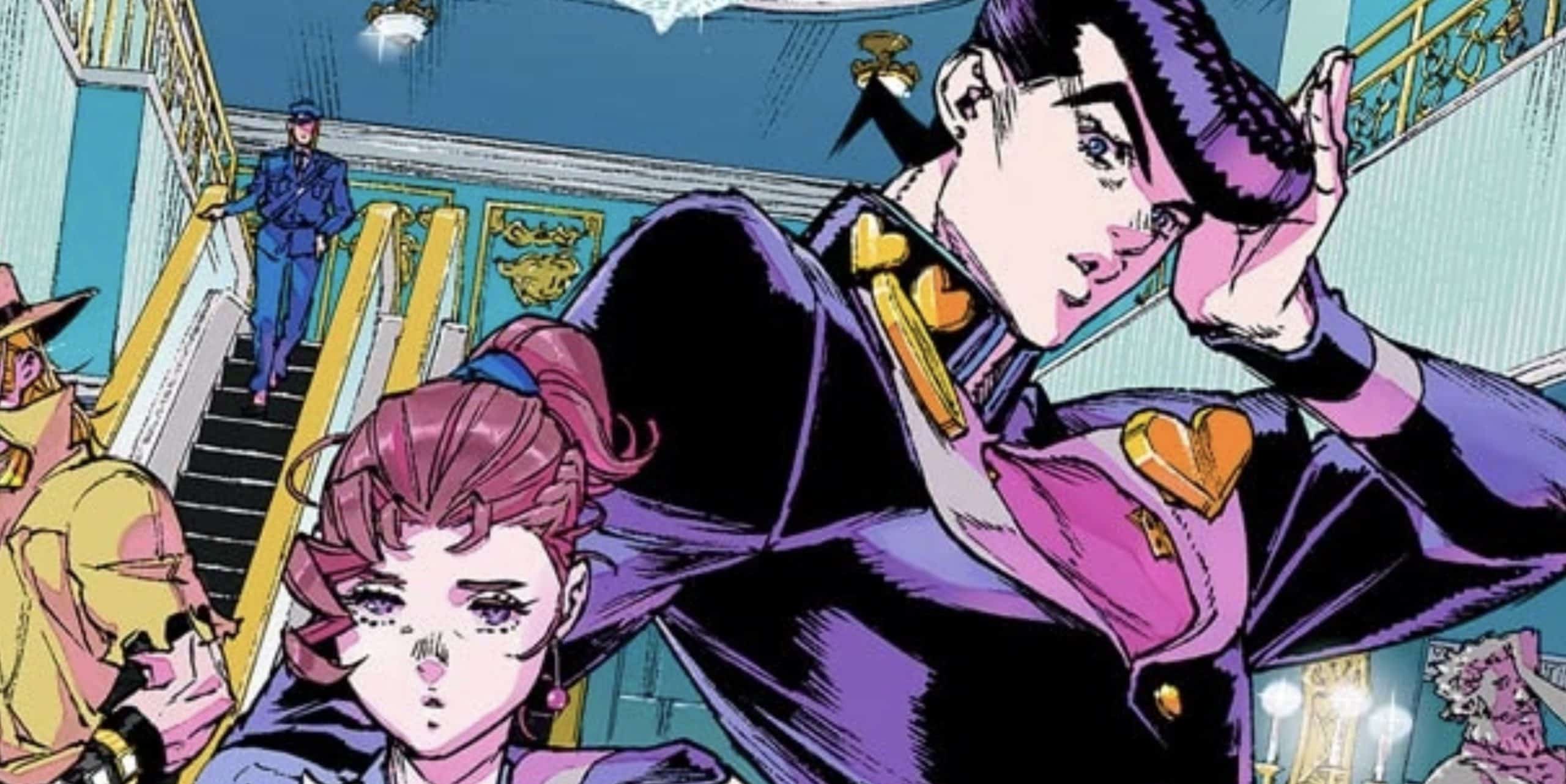
Finally, anime studios sometimes have to walk back content, like excessive fanservice scenes, that they failed to fully think through or realize might be insensitive. Angry fan reactions can force their hand.
However, these incidents reveal gaps in understanding between content creators and audiences. More constructive dialogue on both sides may be the solution.
Religious Sensitivity Incident and Its Industry-wide Impact
In 2008, the popular anime and manga franchise JoJo’s Bizarre Adventure became embroiled in controversy due to perceived religious insensitivity.
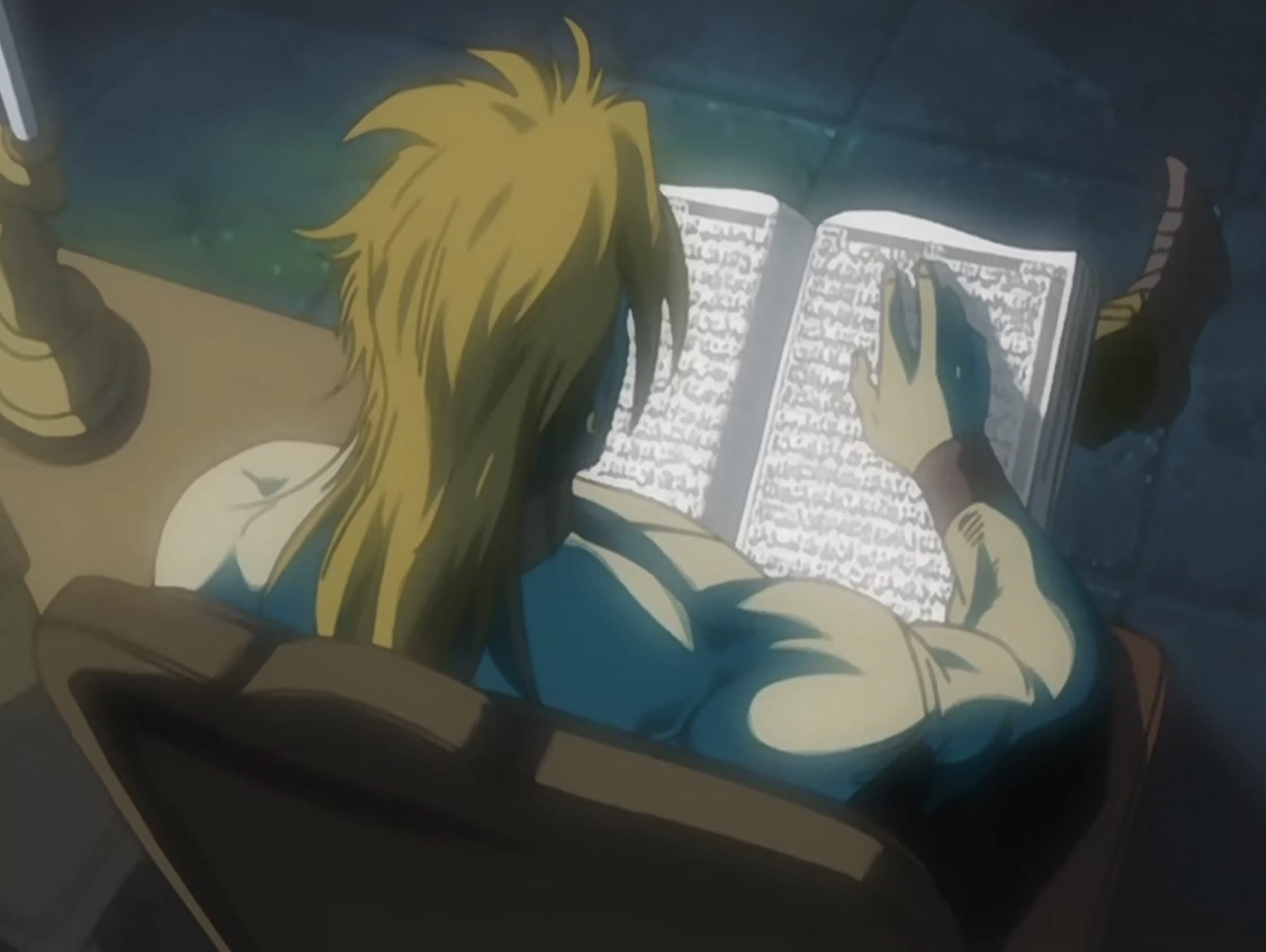
Specifically, Egyptian Islamic fundamentalists took offense to a scene in the 2000 OVA adaptation depicting the villain DIO reading verses from the Qur’an.
This launched a formal complaint that had ripple effects across both the anime and manga industries. Distribution companies like Studio APPP and publishers like Shueisha made the decision to halt production and shipments of JoJo’s OVA and print volumes.
Even Viz Media’s English localization was affected, ceasing publication for an entire year.

The controversy even impacted aspects of the franchise that lacked the specific controversial content. Despite the manga not featuring the scene in question, creator Hirohiko Araki was compelled by Shueisha to redraw scenes of characters fighting on top of or destroying mosques.
Ultimately the OVA was permanently cancelled, likely contributing to the 2007 film adaptation Phantom Blood never seeing home release and becoming lost media.

The manga did resume publication a year later, though the incident reveals how globalized modern media exists in a complex cross-section of varying cultural values. Unintended offense can have real consequences.
Destroying Of Mosque Was Shown In A Fight
The JoJo’s Bizarre Adventure franchise has made ongoing efforts to remove or alter controversial religious imagery since the 2008 OVA censorship incident.
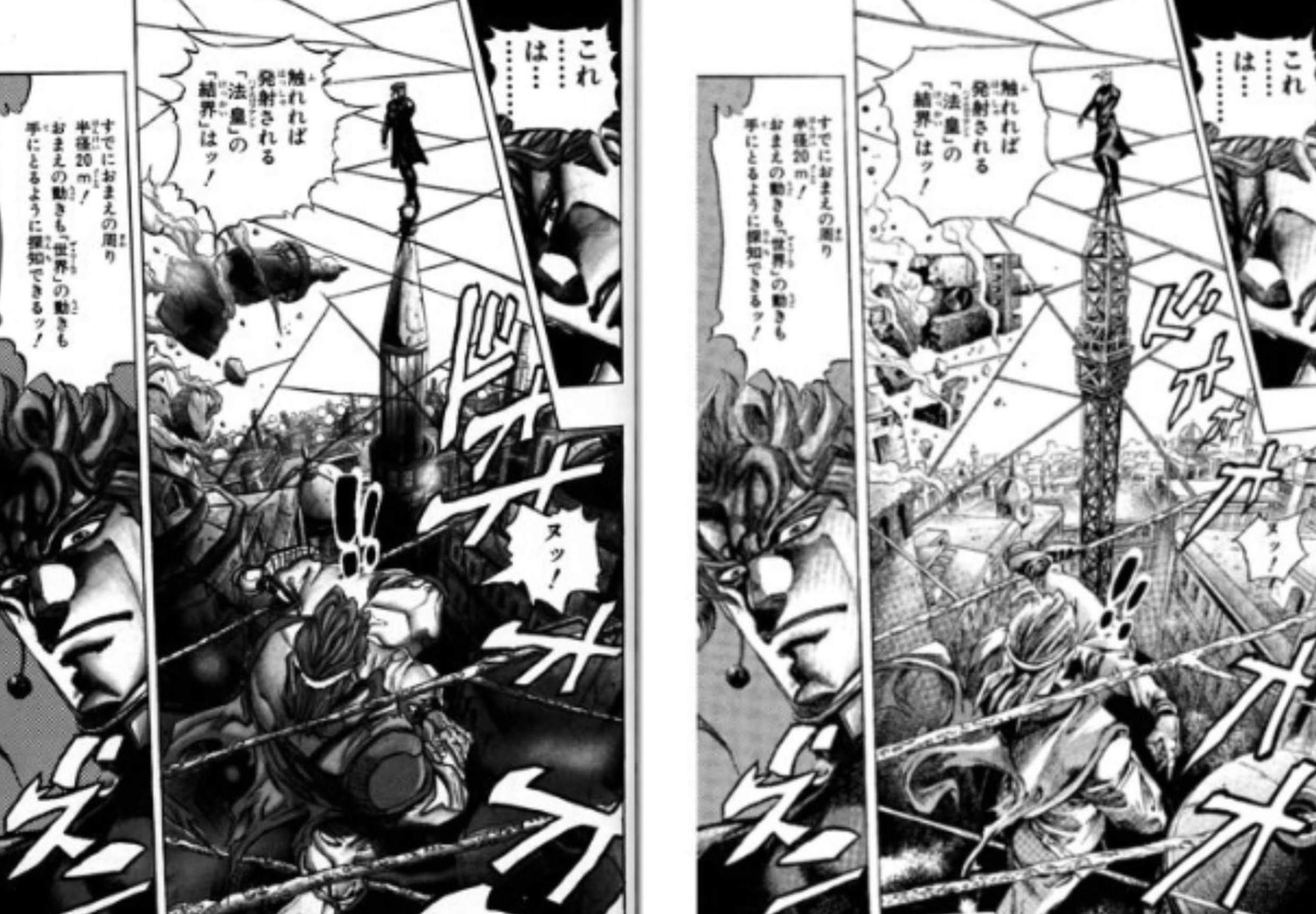
Specifically, depictions deemed offensive to Islam have been revised over multiple adaptations. The original manga, 1993 OVA, and 1999 video game Heritage for the Future all featured scenes of characters destroying mosques and standing on minarets.
However, later anime and ride adaptations made concerted changes. The 2015 anime depicts the character Kakyoin standing on a nondescript steel tower rather than a minaret.
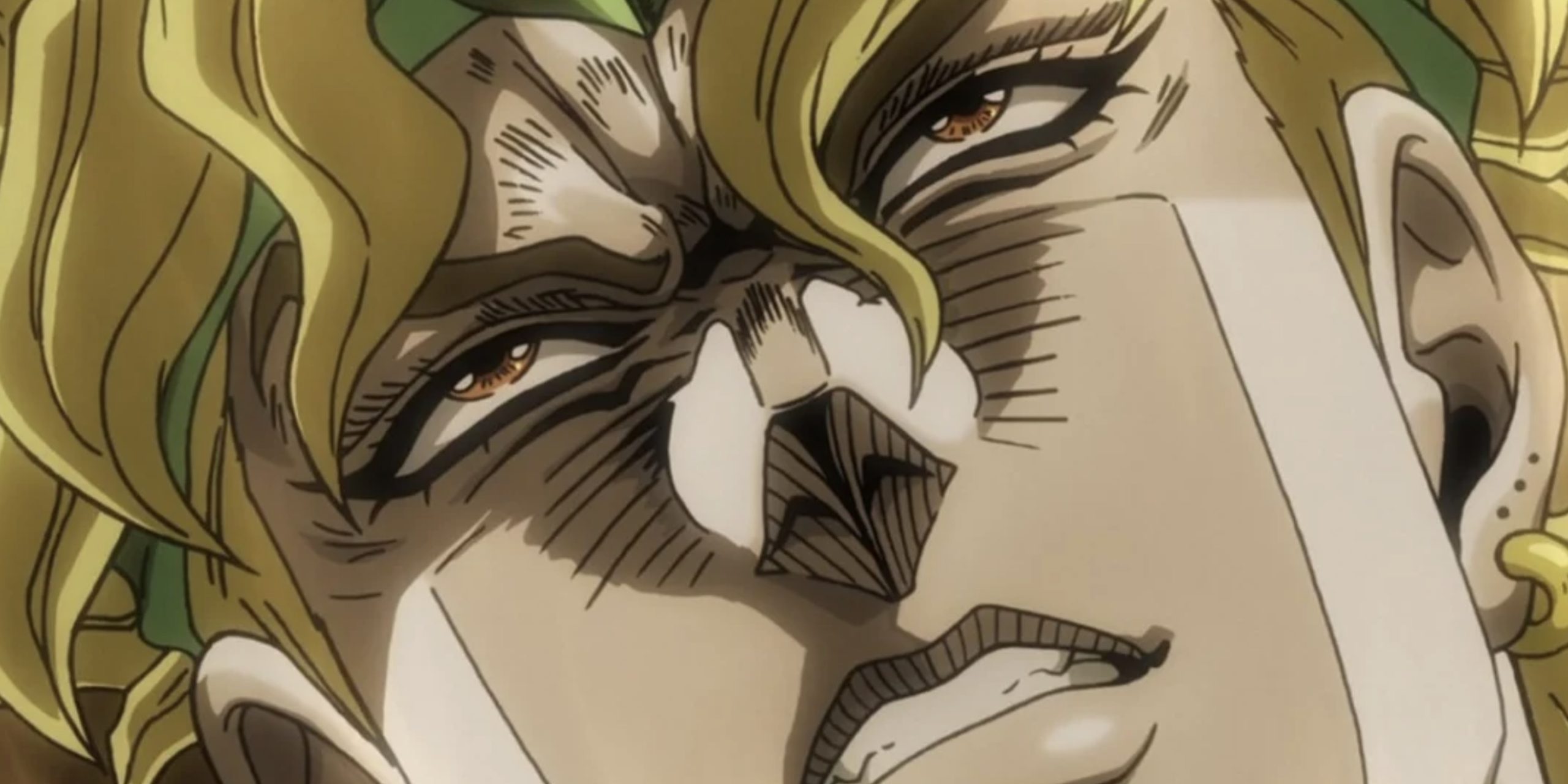
And a generic billboard is destroyed rather than an identifiable mosque. Even ancillary media like the 2017 JoJo 4D ride trailer for Universal Studios Japan opts for revised, fictional tower imagery.
While preserving the core events of the fictional story, these alterations reveal how seriously the franchise and its partners take cultural sensitivity concerns post-controversy.
By substituting religious Islamic architecture for fictional towers and buildings, they aim to respectfully avoid perpetuating unattributed real-world commentary or offense. It’s an ongoing process as the series continues adapting content across media.
More About JoJo’s Bizarre Adventure OVA
JoJo’s Bizarre Adventure OVA set in 1987, centers around protagonist Jotaro Kujo and his compatriots who have unlocked special abilities known as Stands. These supernatural powers take unique forms in each user.
When Jotaro’s mother Holly unexpectedly develops a dangerous Stand that endangers her life, he joins his grandfather Joseph Joestar on a globe-trotting journey to Cairo.

Their mission is to confront the vampire DIO, formerly known as Dio Brando. Now calling himself simply “DIO,” this revived evil foe seems connected to the emergence of Stands.
As Jotaro and his allies race against the clock to save Holly in 50 days before her Stand consumes her, DIO attempts to obstruct their path by hiring deadly Stand-wielding assassins.
Across Egypt, the protagonists must overcome these adversarial Stand users, uncovering more information about DIO’s activities in the process.

It becomes apparent that there is a link between this resurgent threat and the Stands endangering Jotaro’s family and friends. Defeating DIO may be the key to unlocking the mystery of the Stands’ origins and saving their loved ones haunted by this phenomenon.
Their bizarre adventure will push their new abilities to the limit.

